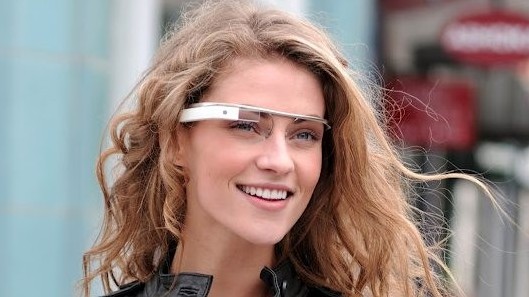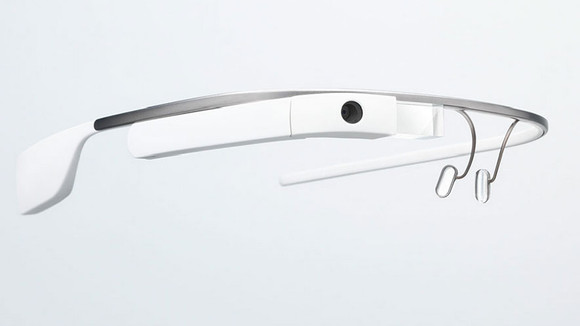Among digital natives, Google Glass is an impossible dream realized – something Marty McFly might have listed along flying skateboards as almost belief-defying technology.
When Google announced the project back in 2012, it even had a futuristic name – Project Glass. But two years later, Google Glass Explorer is here. It has already taught us to never say never.
What is Google Glass?
Contents [show]
The concept is simple enough – utilizing Bluetooth technology, Google Glass is a hands-free device which acts as a wearable computer, displaying information in a format similar to a smartphone. The genius in the device lies in its ability to free human hands up, to live and record simultaneously, and interact with their environment almost unconsciously.
Video-enabled headgear is not a new concept by any stretch, nor even are displays for ‘augmented reality’ as Google Glass is described. However, as the sun rises higher on the digital age, Google’s technological shadows stretch further, and the vast expanse of possibilities for a wearable computer seem more real with backing from the giant. TIME magazine declared it as one of the best inventions of the year – and that was two years ago.
The Titanium Collection is here: http://t.co/Mcocl4s7Ij RT if you’re feeling “Bold” pic.twitter.com/uxifwRqi4C
— Google Glass (@googleglass) January 28, 2014
What has Google Glass Been Up To?
Birthing a child will always mean dealing with hiccups, even if the child is a work of staggering genius. And like your mother may or may not have taught you, if you aren’t very pretty, no one will want to look closer.
Google Glass needed to be technology without looking like technology. Whilst all the benefits of Google Glass present themselves almost immediately upon inspection, were wearers willing to look like distant cousin of X-men’s Cyclops in order to benefit from the device?
The trade-off comes in newly designed frames which blend wearability with the easy functionality of a hands-free computer. Forking out a tidy US$1500 means you can choose your own style of frames, and any additional add-ons, such as earphones and prescription lenses, which are available to personalise the purchase.
And don’t worry, the specially designed screwdriver to adjust your glasses is already included in the base price.
Google Glass has also been very busy causing controversy. Tech commentators have already coined the term ‘Google Glass etiquette’- a list of do’s and don’t for the fashion forward wearable-tech fan. Bars and cafes in America have already started imposing restrictions on wearing the glass, pre-emptively enforcing bans on using the product in their establishments.
Scraping the surface of the plethora of concerns Google Glass has raised, privacy issues and the ethics of using the device in public spaces continues to abound. Privacy advocates raise the valid point that wearers may be able to record and broadcast conversations and images without the consent of those around them. Technology is already on the market allowing users to record images with facial movements, such as Winky, an app designed to photograph using simply a wink.
But that’s only half the equation – flip the coin, and you’ll find technology already in use that enables physicians and nurses to transmit live video and audio of patients from the Glass to authorized computers.
The manifold uses of the device encompasses the business world too – with Westpac announcing this week their intention to use the technology for clients to utilise in their branches across Australia and New Zealand.
The Future of Google Glass
Like any new technology, Google Glass contains incredible and unbounded potential – both destructive and edifying. What the Glass is used for, as much as what it actually does, will be the true test of its success in both the professional and public life of the digital future.
The Google Glass release date still remains shrouded in mystery, but the device will be hitting stores at some stage this year.




